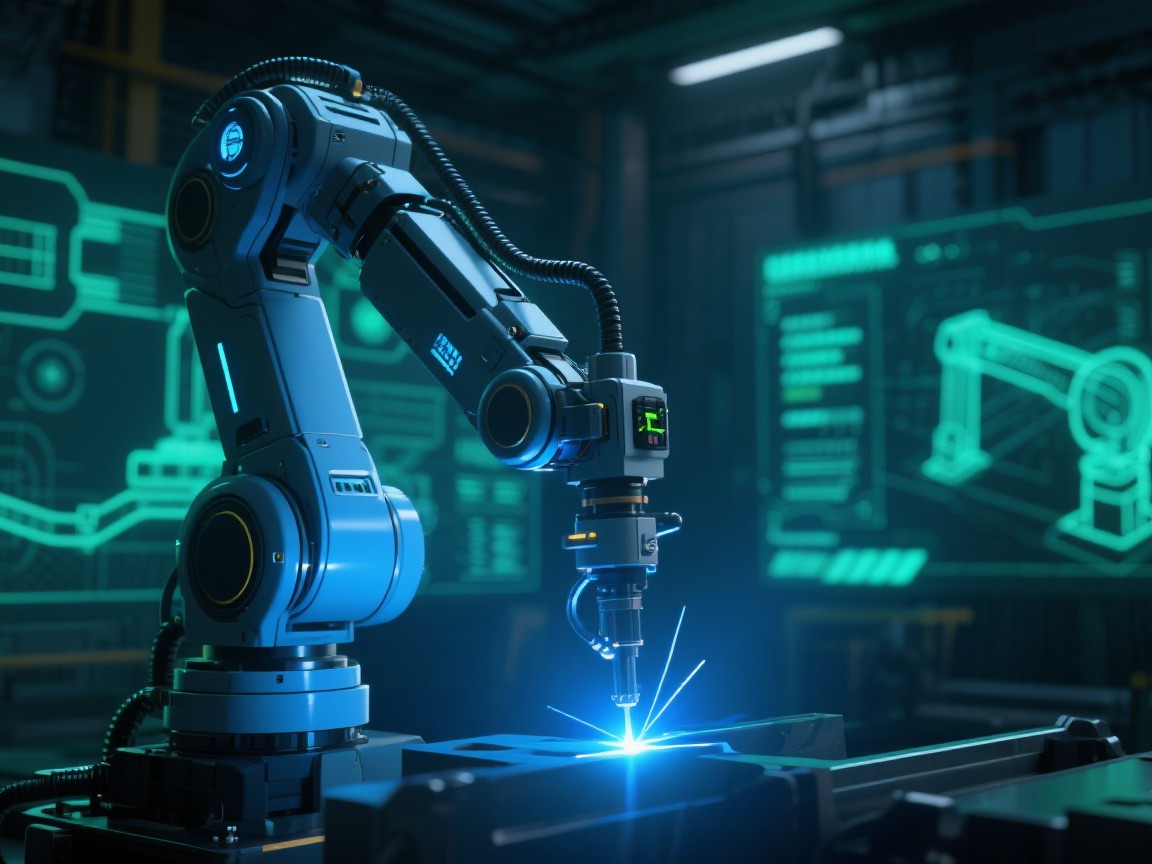 Industry News
Industry News Industrial Manufacturing: AI-Driven Upgrade of Smart Manufacturing
Industrial Manufacturing: AI-Driven Upgrade of Smart Manufacturing
2025-08-27
2025-05-13
2025-05-19
2025-06-03
2025-06-20
2025-07-01
 Current Affairs
Current AffairsA constant-temperature chamber is a device capable of maintaining a stable temperature within a specified range. It is widely used in laboratories, biomedicine, food storage, and electronic component testing. The stability of its internal temperature depends not only on the precision of its control system but also on the thermal insulation performance of the chamber body. As the core component of the thermal management system, the insulation material’s thermal conductivity directly affects the chamber’s thermal efficiency and energy consumption.
Concept of Thermal Efficiency in Constant-Temperature Chambers
The thermal efficiency of a constant-temperature chamber refers to the energy efficiency required to maintain a set internal temperature under varying external conditions. A higher thermal efficiency indicates lower heat loss and reduced energy consumption. The main factors affecting this efficiency include insulation thickness, material thermal conductivity, sealing integrity, and the operating environment.
Comparison of Common Insulation Materials
(1) Polyurethane Foam (PU)
Polyurethane foam is one of the most commonly used insulation materials in constant-temperature chambers, with a thermal conductivity of about 0.020–0.030 W/(m·K). It offers low density, easy molding, and a high closed-cell ratio, effectively minimizing air convection. However, PU has limited high-temperature resistance and may degrade over time, leading to increased thermal conductivity and reduced long-term efficiency.
(2) Expanded Polystyrene Foam (EPS)
Expanded polystyrene foam has a thermal conductivity of 0.030–0.040 W/(m·K). It is inexpensive and easy to install, making it suitable for budget-friendly chamber designs. Nonetheless, its mechanical strength is relatively low, and it can easily be damaged by external forces, forming “thermal bridges” that cause localized heat loss and lower overall insulation performance.
(3) Mineral Wool
Mineral wool is an inorganic fibrous material with a thermal conductivity of 0.040–0.050 W/(m·K). It exhibits excellent high-temperature resistance but tends to absorb moisture due to its porous structure. Once damp, its insulation capability decreases significantly, limiting its use in high-humidity environments.
Development Trends of Advanced Insulation Materials
(1) Vacuum Insulation Panels (VIP)
Vacuum insulation panels achieve extremely low thermal conductivity (as low as 0.003 W/(m·K)) by enclosing the core material within a vacuum layer, minimizing heat conduction and convection. VIPs can greatly enhance the thermal efficiency of chambers. However, they are fragile and require airtight sealing—any damage can cause vacuum failure and a rapid decline in performance.
(2) Aerogel Materials
Aerogels, composed mainly of silica, are ultra-light materials with porosity exceeding 90% and a thermal conductivity of only 0.012 W/(m·K). Compared to VIPs, aerogels have better mechanical strength and moisture resistance, maintaining stability under harsh environmental conditions. When combined with polyurethane foam, aerogel composites can balance high insulation performance with structural strength, representing a promising direction for future material optimization.
Different insulation materials significantly influence the thermal efficiency of constant-temperature chambers through their distinct thermal, mechanical, and structural properties. In summary:
Polyurethane foam offers a balance between cost and performance, ideal for mid- to low-end devices.
Vacuum insulation panels and aerogels represent advanced, high-performance options suitable for precision systems with strict energy requirements.
Composite structures, such as aerogel–polyurethane laminated panels, may achieve both high efficiency and cost-effectiveness in the future.
Selecting appropriate insulation materials and optimizing structural design not only improves the thermal efficiency of constant-temperature chambers and reduce energy consumption but also extends equipment lifespan—yielding both engineering and energy-saving benefits.